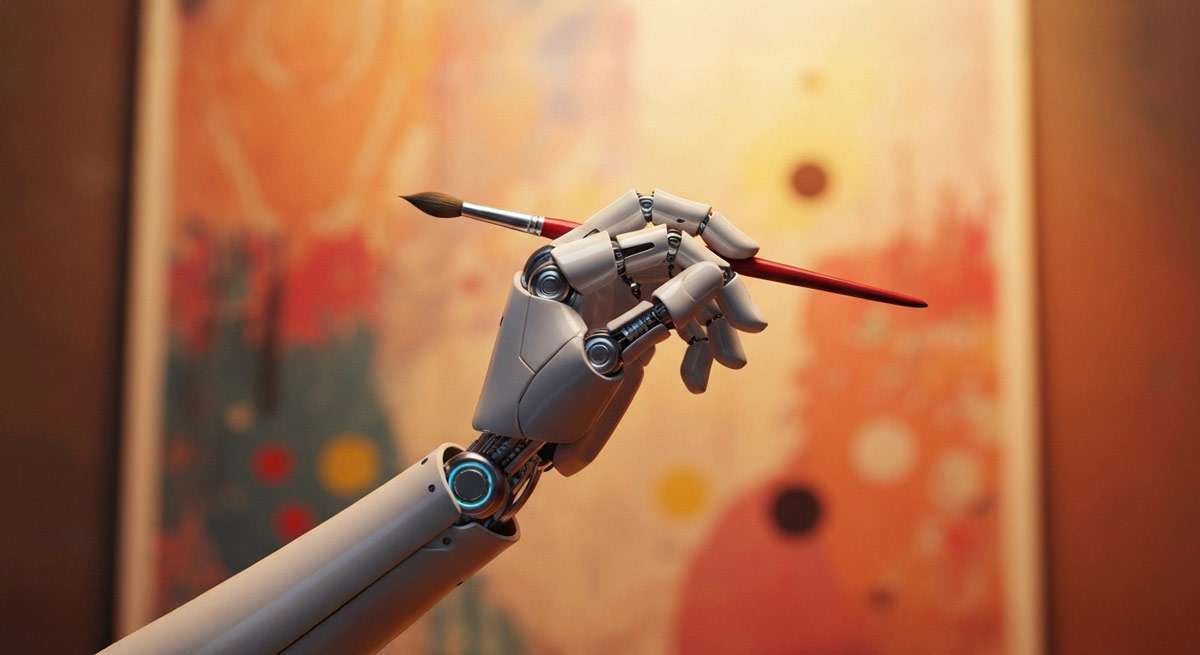Key Highlights
Here's what you need to know about AI image copyright issues:
Copyright ownership of AI-generated images is legally complex and varies by jurisdiction.
Most countries require human authorship for copyright protection.
AI training data and model ownership also affect copyright considerations.
Users may have limited rights to AI-generated content they create.
Legal frameworks are still evolving to address AI-generated content.
Introduction
The question of who owns an AI-generated image is one of the most complex and debated issues in copyright law today. As AI technology becomes more sophisticated and widely used, understanding the copyright implications of AI-generated content is crucial for creators, users, and legal professionals. The legal landscape is still evolving, with different jurisdictions taking varying approaches to this challenging question.
Copyright Fundamentals
To understand AI image copyright issues, it's important to first understand the basic principles of copyright law and how they apply to AI-generated content.
Got to See: The Best Ai Images From 2025Human Authorship Requirement
Most copyright systems require human authorship for copyright protection. This means that works created entirely by machines or AI systems may not be eligible for copyright protection. However, the extent of human involvement required varies by jurisdiction and can be a complex legal question.
Originality and Creativity
Copyright protection typically requires that a work be original and creative. For AI-generated content, this raises questions about:
Whether AI-generated content can be considered original
How much human input is required for creativity
Whether the AI system itself can be considered creative
How to measure originality in AI-generated works
Jurisdictional Differences
Different countries and legal systems have taken varying approaches to AI-generated content copyright, creating a complex international landscape.
United States
In the United States, the Copyright Office has generally taken the position that works created entirely by AI systems are not eligible for copyright protection. However, works created with significant human input may be eligible. The key factors include:
The extent of human involvement in the creation process
Whether the human input is creative and original
How much control the human had over the final output
Whether the AI was used as a tool rather than as the primary creator
European Union
The European Union has been developing its approach to AI-generated content copyright. The current framework considers:
The role of human creators in the AI generation process
Whether the AI system can be considered a co-author
How to protect the rights of human creators
The need for transparency in AI-generated content
Other Jurisdictions
Other countries are also developing their approaches to AI-generated content copyright, with some taking more permissive stances and others maintaining stricter requirements for human authorship.
AI Training Data and Copyright
The copyright issues surrounding AI-generated images are further complicated by questions about the training data used to create the AI models.
Training Data Ownership
AI models are typically trained on large datasets of existing images, many of which may be copyrighted. This raises questions about:
Whether using copyrighted images for training constitutes infringement
How to obtain proper permissions for training data
Whether fair use exceptions apply to training data
How to handle orphaned works in training datasets
Derivative Works
AI-generated images may be considered derivative works of the training data, which could affect copyright ownership and infringement issues. This is particularly relevant when:
The AI-generated image closely resembles training data
Specific styles or elements are copied from training images
The AI model was trained on copyrighted content without permission
There are concerns about style transfer or content copying
User Rights and Responsibilities
Users of AI image generation tools need to understand their rights and responsibilities regarding the content they create.
Terms of Service
Most AI image generation platforms have terms of service that define user rights and responsibilities. These terms typically address:
Who owns the generated content
What users can do with the generated images
Whether users can claim copyright ownership
What restrictions apply to commercial use
Commercial Use Rights
Commercial use of AI-generated images is often subject to specific restrictions and requirements. Users should be aware of:
Whether they can use images for commercial purposes
What licensing requirements may apply
Whether they need to obtain additional permissions
How to properly attribute AI-generated content
Legal Challenges and Cases
Several legal cases have begun to address AI-generated content copyright issues, providing some guidance for future developments.
Copyright Office Decisions
The U.S. Copyright Office has issued several decisions regarding AI-generated content, including:
Refusing copyright registration for works created entirely by AI
Granting copyright protection for works with significant human input
Providing guidance on what constitutes sufficient human authorship
Establishing precedents for future cases
Court Cases
Several court cases have addressed AI-generated content copyright issues, though the legal landscape is still developing. These cases have addressed:
Whether AI-generated content can be copyrighted
How to determine human authorship in AI-assisted creation
What rights users have to AI-generated content
How to handle disputes over AI-generated content ownership
Best Practices for Users
Given the complex legal landscape, users of AI image generation tools should follow certain best practices to protect their rights and avoid legal issues.
Understanding Terms of Service
Users should carefully read and understand the terms of service for any AI image generation platform they use. This includes:
Understanding what rights they have to generated content
Knowing what restrictions apply to their use
Being aware of any licensing requirements
Understanding how to properly attribute content
Documenting Human Input
Users should document their human input in the AI generation process, including:
Detailed prompts and instructions provided to the AI
Any editing or modification of generated content
Creative decisions made during the generation process
Any post-generation editing or enhancement
Future Developments
The legal framework for AI-generated content copyright is likely to continue evolving as technology advances and more cases are decided.
Legislative Changes
Governments around the world are considering legislative changes to address AI-generated content copyright issues. These changes may include:
New definitions of authorship and creativity
Updated requirements for copyright protection
New rights and protections for AI users
Clarification of fair use exceptions
Industry Standards
The AI industry is also developing standards and best practices for handling AI-generated content copyright issues, including:
Transparency requirements for AI-generated content
Standardized licensing terms
Best practices for training data use
Guidelines for user rights and responsibilities
Conclusion
The question of who owns an AI-generated image is complex and multifaceted, involving legal, technical, and ethical considerations. The current legal landscape is still evolving, with different jurisdictions taking varying approaches to this challenging question.
While the legal framework continues to develop, users of AI image generation tools should be aware of their rights and responsibilities, understand the terms of service for the platforms they use, and document their human input in the creation process. As technology continues to advance and more legal cases are decided, the copyright landscape for AI-generated content will likely become clearer.
For now, the best approach is to stay informed about legal developments, follow best practices for using AI-generated content, and seek legal advice when necessary. As the field continues to evolve, it's important to remain flexible and adaptable to new legal requirements and industry standards.
Get Better At Spotting AI Images By Playing The Game At AiorNot.US >>



